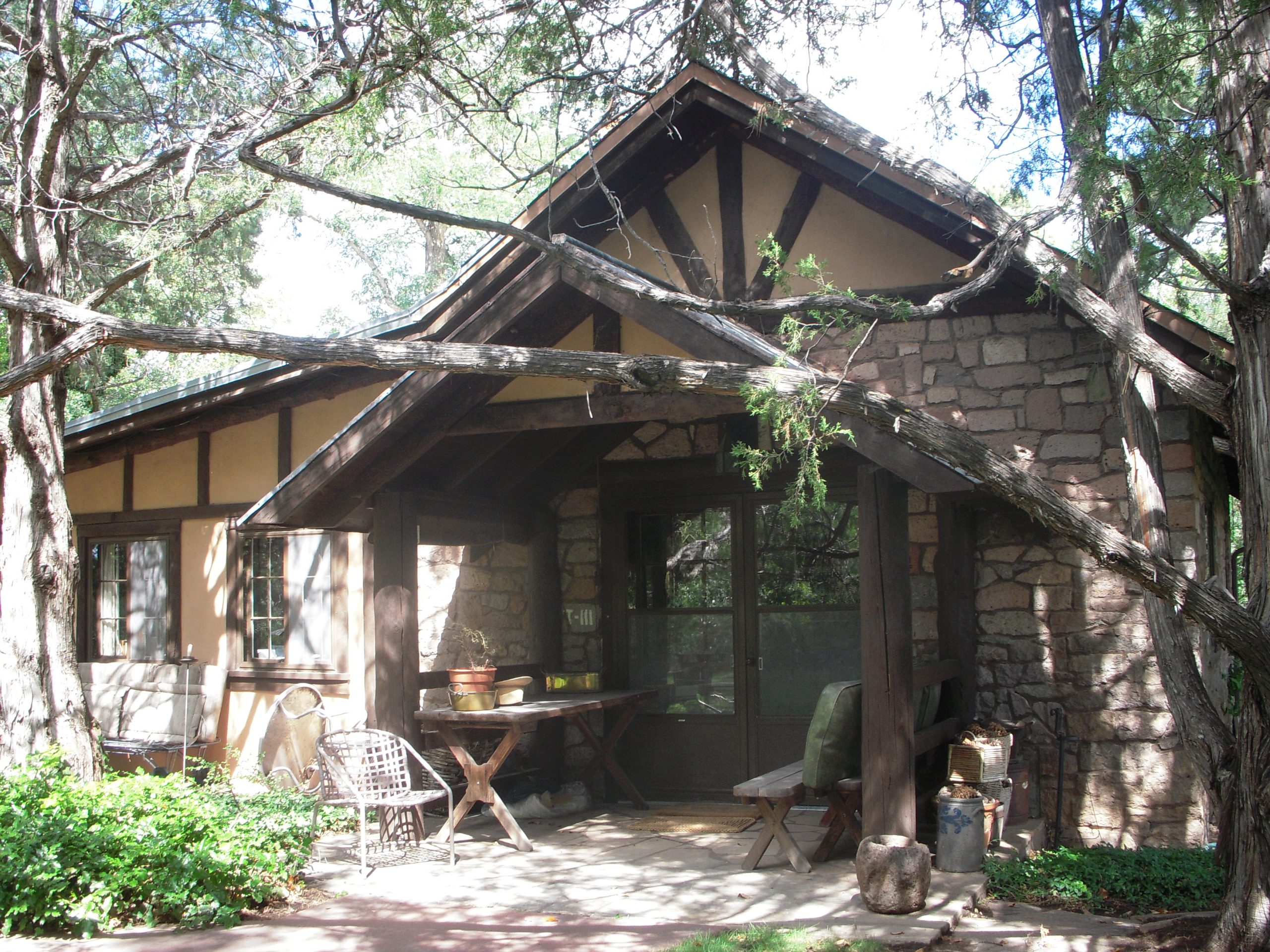On June 14, 2013, the House of Representatives voted to include the Manhattan Project National Historical Park Act as an amendment to the National Defense Authorization Act (NDAA), H.R. 1960. A few hours later, the House passed the NDAA and, along with it, the Manhattan Project National Historical Park Act. The Manhattan Project Park Act, and the NDAA amendment, was sponsored by Representatives Doc Hastings (R-WA), Ben Ray Lujan (D-NM), and Chuck Fleischmann (R-TN).
The establishment of the Manhattan Project National Historical Park will ensure that Manhattan Project sites will be preserved and interpreted for present and future generations. At Hanford, the B Reactor, where plutonium for the atomic bombs was produced, is already a popular tourist attraction. Since 2009, more than 35,000 tourists representing 50 states and over 60 countries have been to the B Reactor, filling the tours available. With the proposed national park, the number of tourists to visit the B Reactor could increase to 50,000 and more within a few years.
In Los Alamos, “the jewel in the crown” of the new park could be the Oppenheimer House, where Los Alamos Laboratory director J. Robert Oppenheimer and his family lived. In Oak Ridge, the park will feature the X-10 Graphite Reactor, built after the experimental “Chicago Pile I” at the University of Chicago. X-10 was a pilot plant for the full-scale plutonium production reactors that were being built at Hanford. The K-25 site and recreation of a portion of the original plant will be another highlight. The K-25 gaseous diffusion plant extended a mile-long and was one of the first large-scale fully automated factories. It was so large that workers rode bicycles to get around the plant.
The Manhattan Project National Historical Park Act requires the Secretaries of Energy and Interior to enter into a memorandum of agreement within one year of the bill’s enactment to provide how the Park would be administered. The bill allows the Secretary of Interior to accept donations to the Park, an important clause in light of the donors who have already expressed interest in contributing to the preservation of Manhattan Project sites.
The National Park Service will interpret the history of the Manhattan Project as well as its legacy. Bringing the history to the present, the story will help people understand the continuing role of nuclear weapons and innovations in nuclear medicine, energy, material science and other fields.
Today, June 14, 2013, the Senate Committee on Armed Services completed its markup of the National Defense Authorization Act (NDAA) for Fiscal Year 2014. Next, the full Senate must pass the bill. Once the Senate acts, a House-Senate conference committee will be appointed to reconcile differences between the two versions of the NDAA. The bill that emerges from the conference committee must then be passed by the House and Senate before being sent to the President for his signature. At that point, the legislation becomes law.
Please contact your Senators to urge their support of the Manhattan Project National Historical Park Act!
The Atomic Heritage Foundation is delighted that the bill has passed the House. We are most grateful to Representative Hastings, Senators Cantwell and Alexander, and the staff members of the House Committee on Natural Resources and the Senate Committee on Energy and Natural Resources for their enthusiastic support of the legislation.





